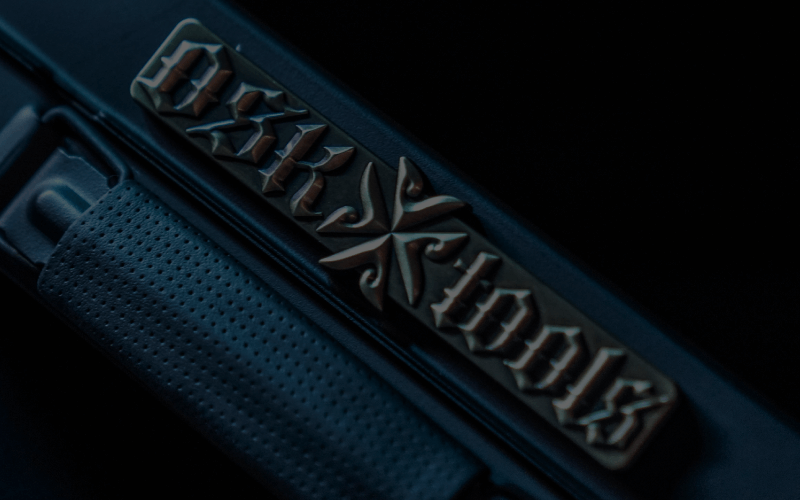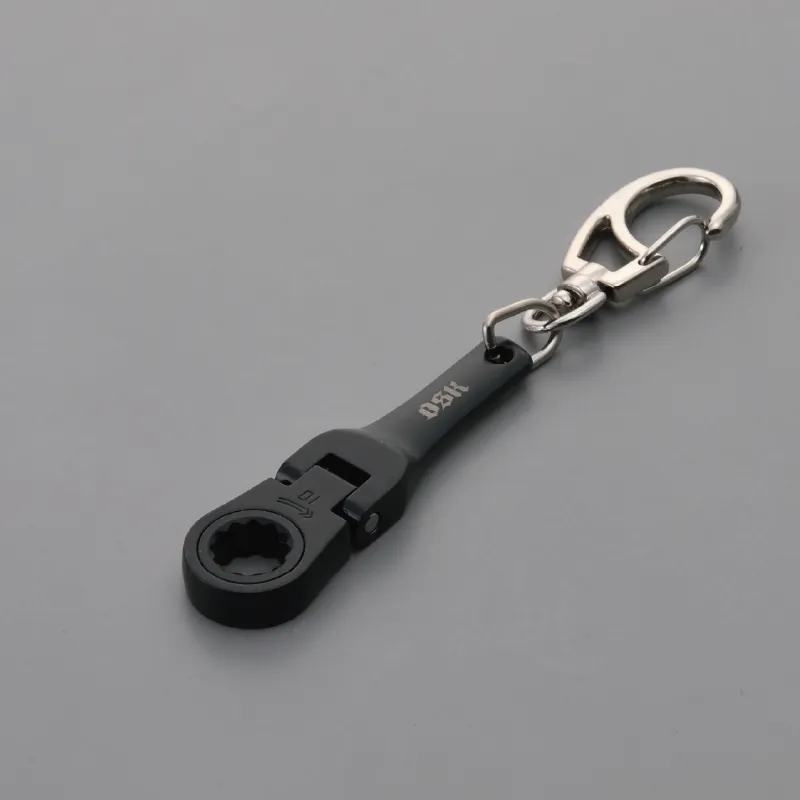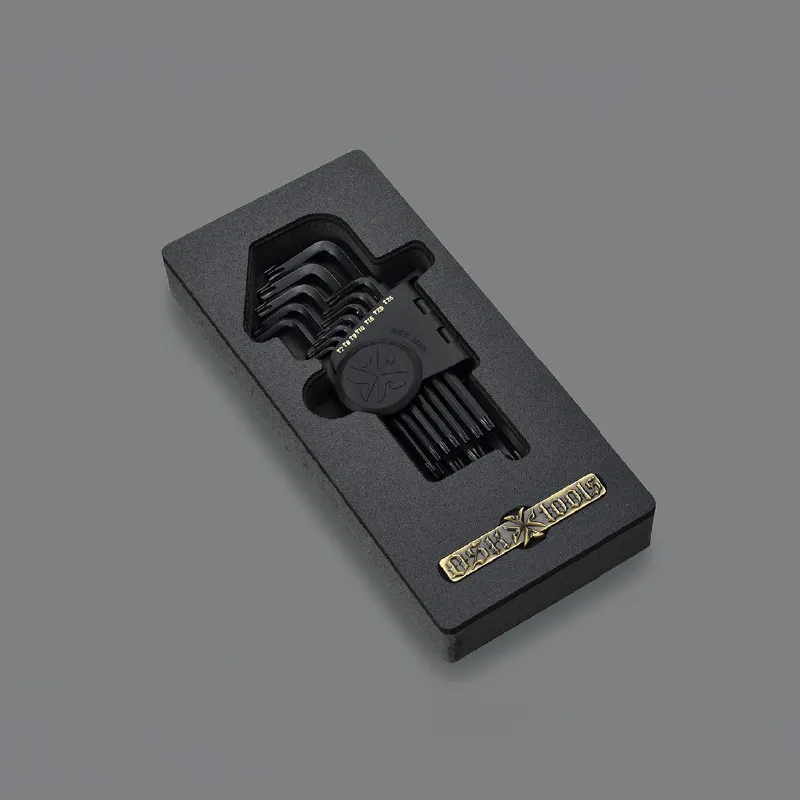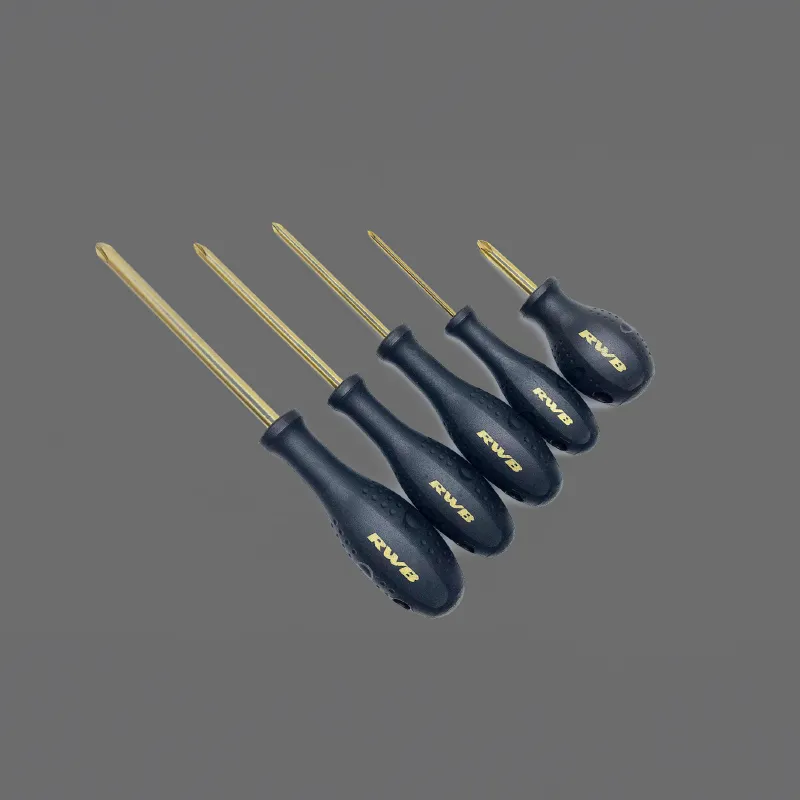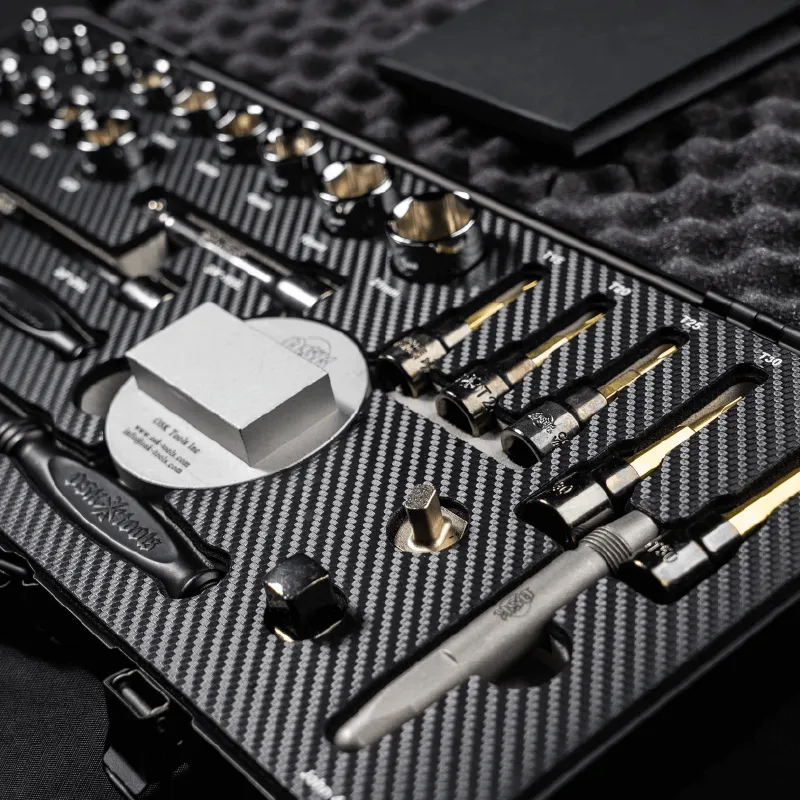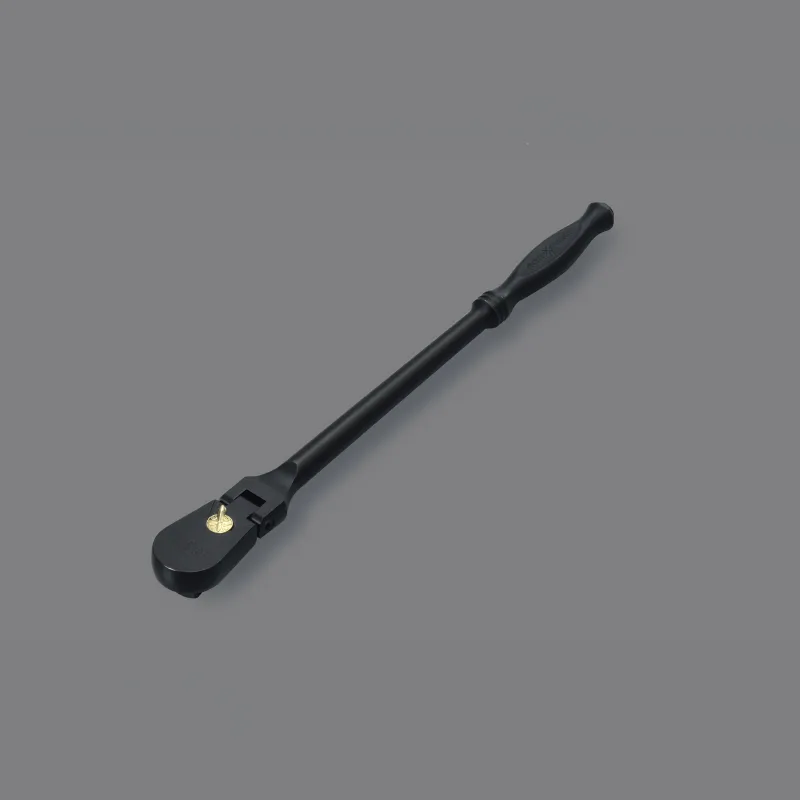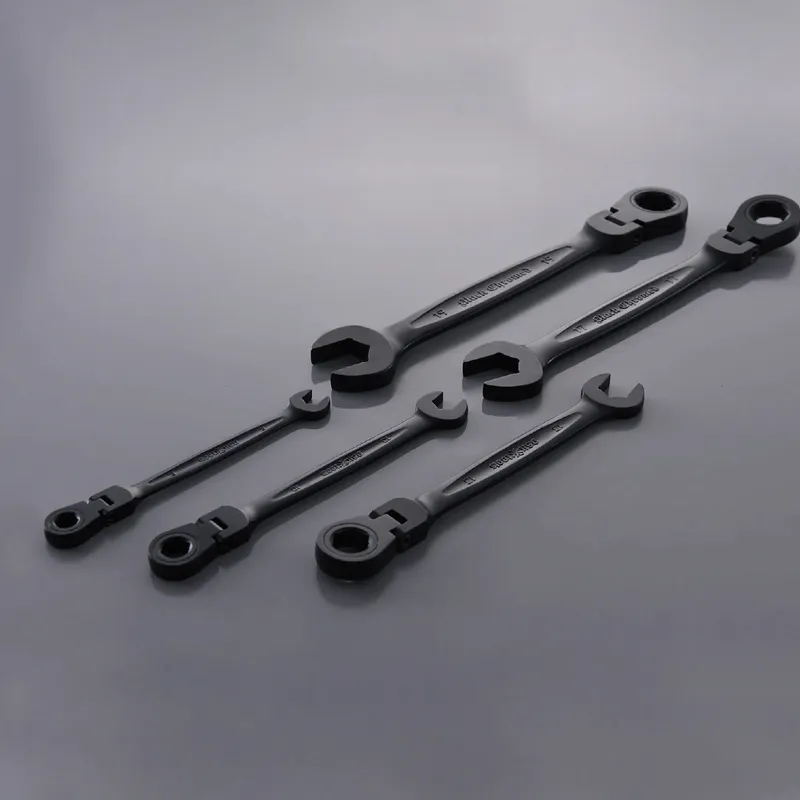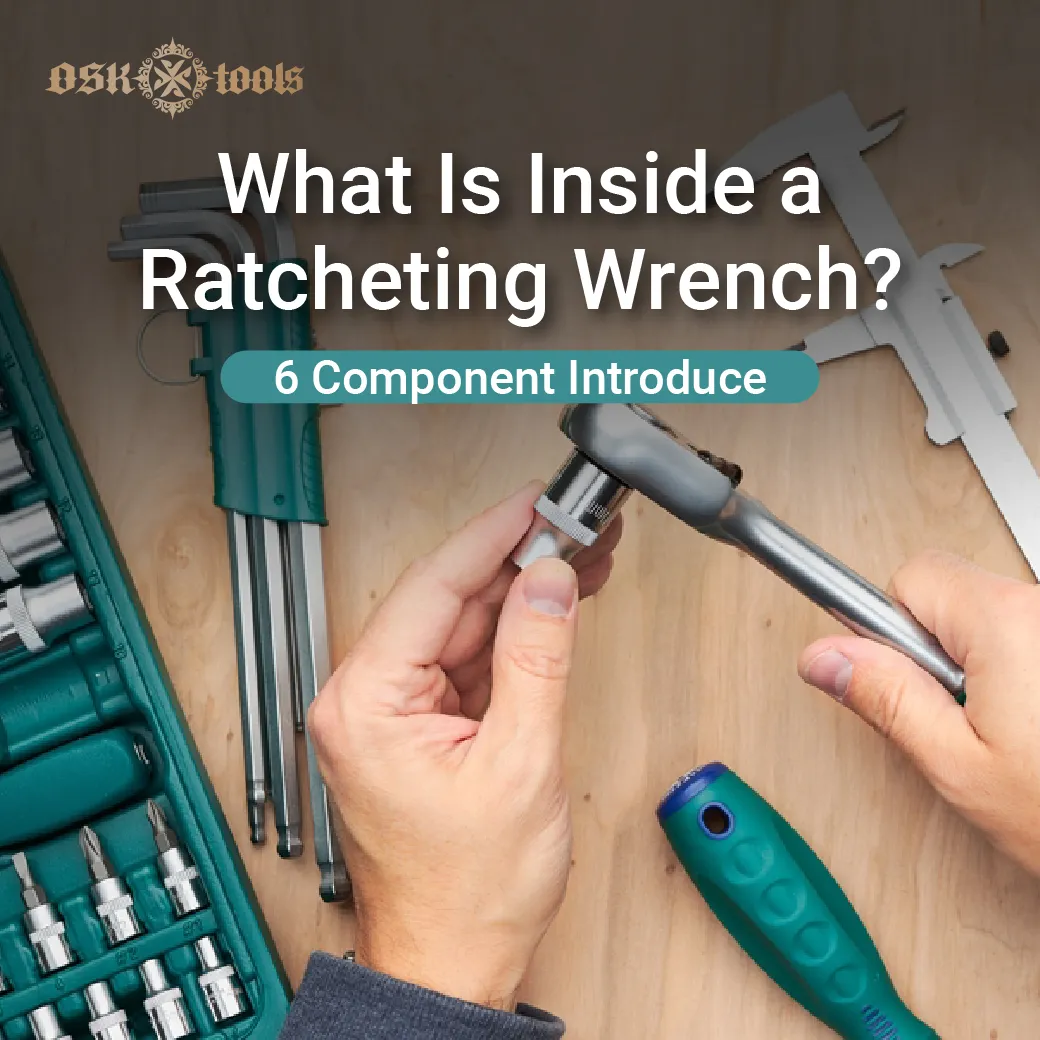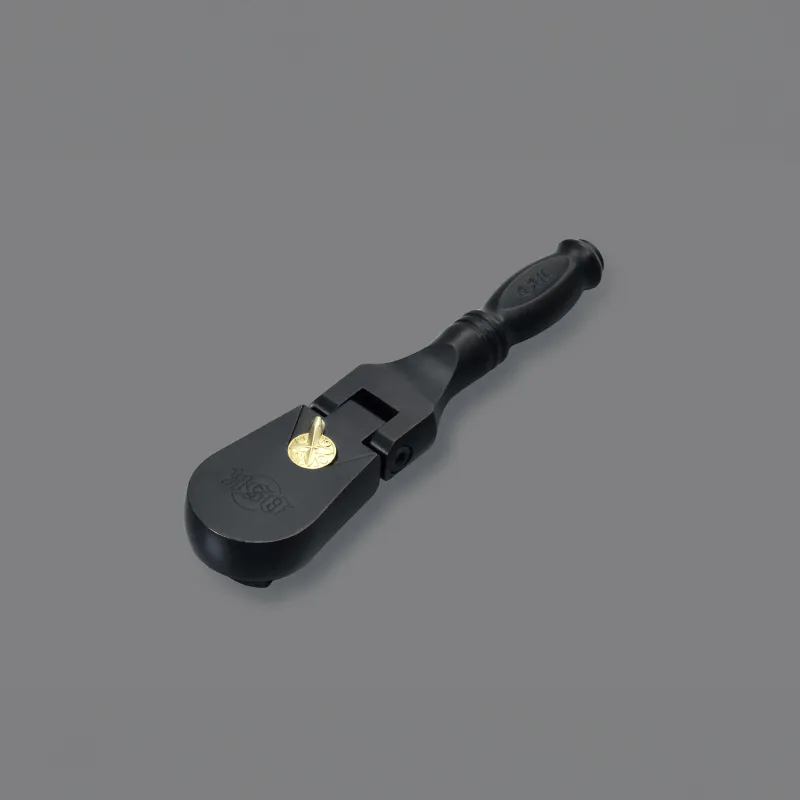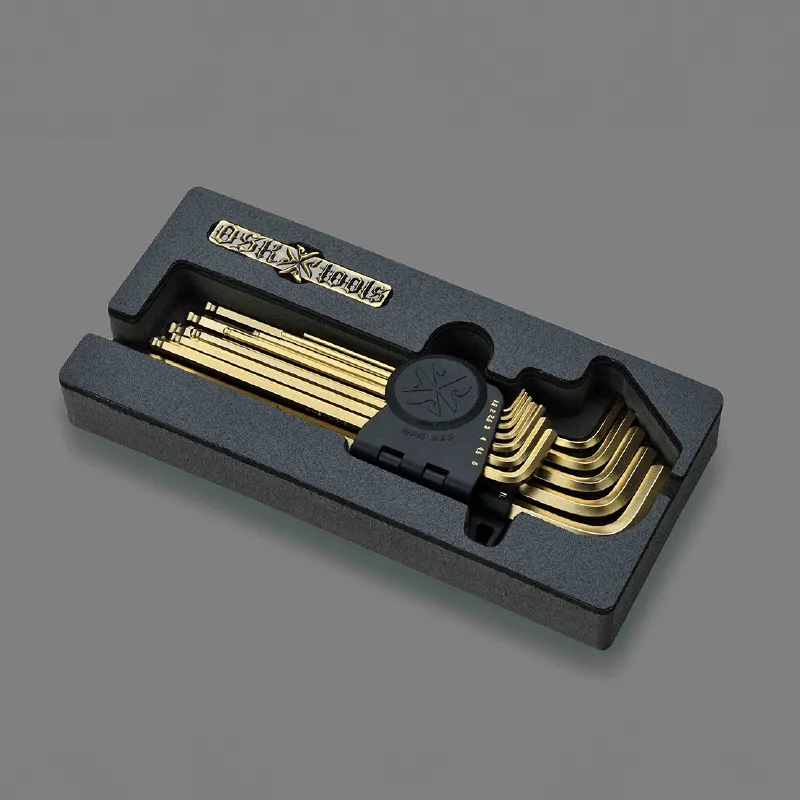
In the realm of mechanical tools, open-ended ratcheting wrenches and closed-ended ratcheting wrenches are two common and widely used instruments. They exhibit distinct differences in structural design, influencing their practical applications in various work environments. The following will delve into three key differences between these two types of ratcheting wrenches.
Table of Contents (Click to read this paragraph)
- Open-Ended Ratcheting Wrench vs. Closed-Ended Ratcheting Wrench: 3 Key Points of Distinction▼
- Recommended:【OSK Hand Tools】Perfectly Combining the Advantages of Open-Ended and Closed-Ended Ratcheting Wrenches, One-Stop Solution for Maintenance and Repairs▼
Open-Ended Ratcheting Wrench vs. Closed-Ended Ratcheting Wrench: 3 Key Points of Distinction

Firstly, it elucidates their structural design differences, including the singular socket and outward-facing feature of open-ended wrenches, as opposed to the enveloping design of closed-ended wrenches that provides a more secure grip. Secondly, the article emphasizes their application distinctions, noting that open-ended wrenches are suitable for easily accessible screw heads, while closed-ended wrenches excel in narrow or confined spaces. Lastly, through an analysis of durability and maintenance requirements, the article points out that the simplicity in construction of open-ended wrenches makes them easier to maintain, whereas closed-ended wrenches exhibit superior performance in dust and waterproofing but may pose challenges in urgent repairs.
1.Structural design variations

These two types of ratcheting wrenches exhibit significant differences in their structural designs, particularly in the gripping mechanism. The open-ended ratcheting wrench features a single open socket, allowing users to quickly fit it onto screw heads and adapt to various screw sizes. In contrast, the closed-ended ratcheting wrench adopts a covering structure, completely enveloping the screw head to provide a more secure grip. This structural design difference directly impacts the applicability of the wrenches in different scenarios – the open-ended design prioritizes swift operations, while the closed-ended design emphasizes a more robust grip, making it especially suitable for use in narrow spaces or situations requiring enhanced operational stability.
Further reading:3 point tell you how to choose the right ratchet wrench set for your needs
2.Application Scope Distinctions

When it comes to practical applications, open-ended and closed-ended ratcheting wrenches exhibit distinct scopes of suitability based on their structural features.
Open-Ended Ratcheting Wrench
- Suitable for scenarios where screw heads are easily accessible
- Open socket structure allows for quick accommodation of different screw sizes
- High operational efficiency, particularly useful in situations requiring rapid adjustments
Closed-Ended Ratcheting Wrench
- Often chosen for use in narrow spaces, demanding higher operational stability
- Enveloping structure provides a more secure grip, minimizing the risk of slippage during operations
- Exhibits superior performance in tasks requiring additional gripping force and precision
Further reading:How to Choose a Comfortable Grip Wrench? 3 Key Points to Guide You
3.Durability and Maintenance Requirements

These two types of ratcheting wrenches exhibit significant differences in durability and maintenance requirements, depending on their structural designs and the operating environments. Open-ended ratcheting wrenches, due to their relatively simple structure, are generally easier to maintain. The limited number of components facilitates a quicker maintenance process, making them suitable for applications that require frequent upkeep. On the other hand, closed-ended ratcheting wrenches, while excelling in dust and waterproofing, may have increased complexity in their internal structure, potentially adding intricacy to maintenance tasks. In situations requiring urgent repairs or maintenance, more time and specialized skills may be needed, but this also renders them more suitable for specialized environments with higher tool requirements.
Recommended:【OSK Hand Tools】Perfectly Combining the Advantages of Open-Ended and Closed-Ended Ratcheting Wrenches, One-Stop Solution for Maintenance and Repairs
Through this article, everyone should now have a deep understanding of the differences between open-ended and closed-ended ratcheting wrenches. If you are a car enthusiast or someone interested in DIY mechanical maintenance, it is recommended to invest in a set of ratcheting wrenches. Opt for those with a black chrome coating, and ensure they include both open-ended and closed-ended types. This dual-headed hand tool set allows you to efficiently tackle maintenance tasks in different spaces, enhancing the overall effectiveness of your repair work. We recommend the【OSK Hand Tools brand】for ratcheting wrenches, which feature a durable black chrome coating and have passed a 96-hour salt spray test, ensuring a smooth maintenance process!
Released on 2023-11-24|Last updated on 2023-12-20 | 4411
OSK Tools-Wrench Brand
Phone: +1 949 372 2831(Click to call)
Facebook:OSK Tools(Click to visit)
FB Messenger:OSK Tools(Click to DM)
Service Time: 09:00-18:00 on weekdays


